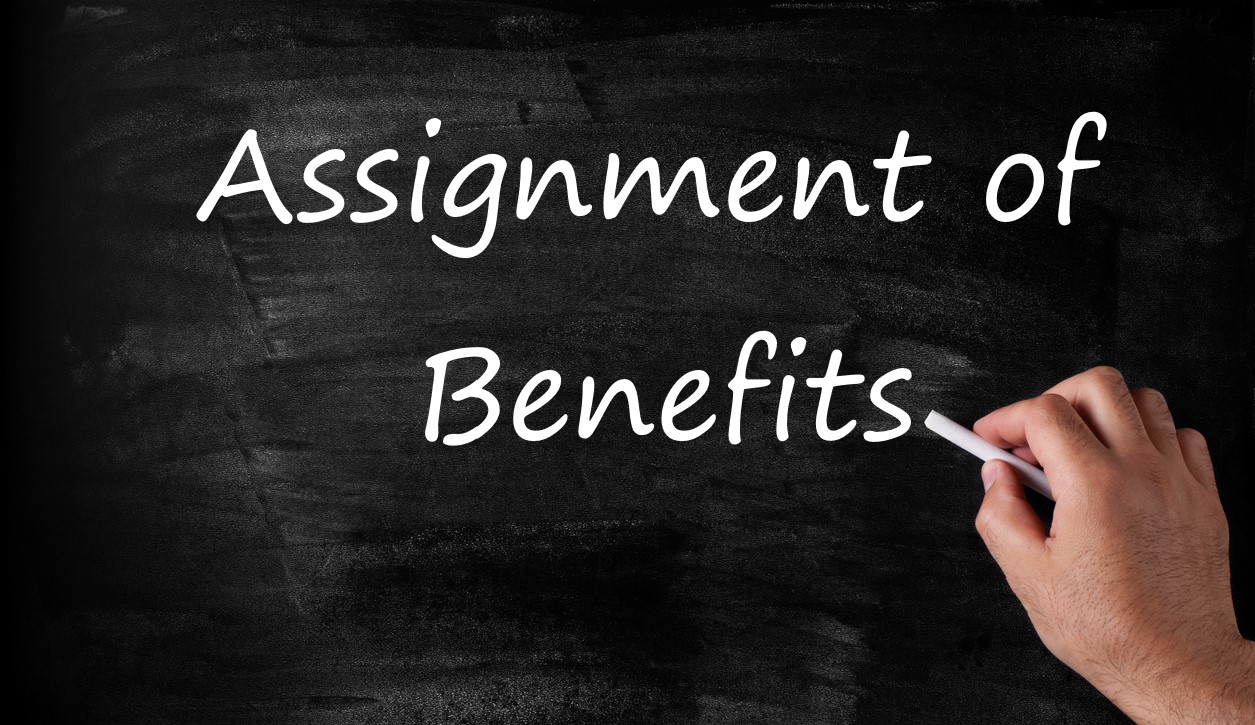Last week, Corey Harris and I had the pleasure of speaking at the RMAPIA (Rocky Mountain Association of Public Insurance Adjusters) annual meeting. This organization consists of Public Adjusters who work in Arizona, Colorado, Idaho, Montana, Nevada, New Mexico, Utah and Wyoming. We covered many topics, including Colorado’s Homeowners Insurance Reform Act of 2013. This Act was signed into law by Governor Hickenlooper on May 10, 2013 and holds new protections for residential insurance policies and claims. It was drafted as a result of issues homeowner’s faced after Fourmile Canyon, High Park and Waldo Canyon Wildfires. One of the important parts of this Act is that the limiting language in policies no longer has effect, and the Colorado statutes of limitations apply instead.
While some facets of the Act went into effect in 2014, others are effective as of January 1, 2015, such as:
- All endorsements must be written in language that does not exceed the 10th grade reading level
- An estimate submitted by a policyholder performed by a licensed contractor/architect must be considered for establishing RCV
- At renewal, written notice of policy language changes must be provided
- Paper or electronic copy of policy must be provided within 3 days, a certified copy within 30 days
- Summary disclosure form at time of sale and annually must be provided
- If a total loss, policyholder must get at least 30% contents coverage without providing a list
- Insurer must make available the method used for depreciation
- 1 year after total loss to submit inventory of personal property
- 1 year after you use ALE to replace property and recoup depreciation
- At least 3 of the 24 CE hours required to sell property ins must be for classes on homeowners coverage.
It is important to note that this Act deals with residential—not commercial—policies. Further, it is for owner occupied single family homes, other than mobile homes or condominiums.
This bill is an important step in ensuring policyholders have enough time and adequate insurance benefits to recover from a devastating total loss of home and property. Also, by defining the responsibilities of policyholders and insurance providers, we hope to reduce administrative hurdles during the claims process.
— Colorado State Senator John Kefalas



